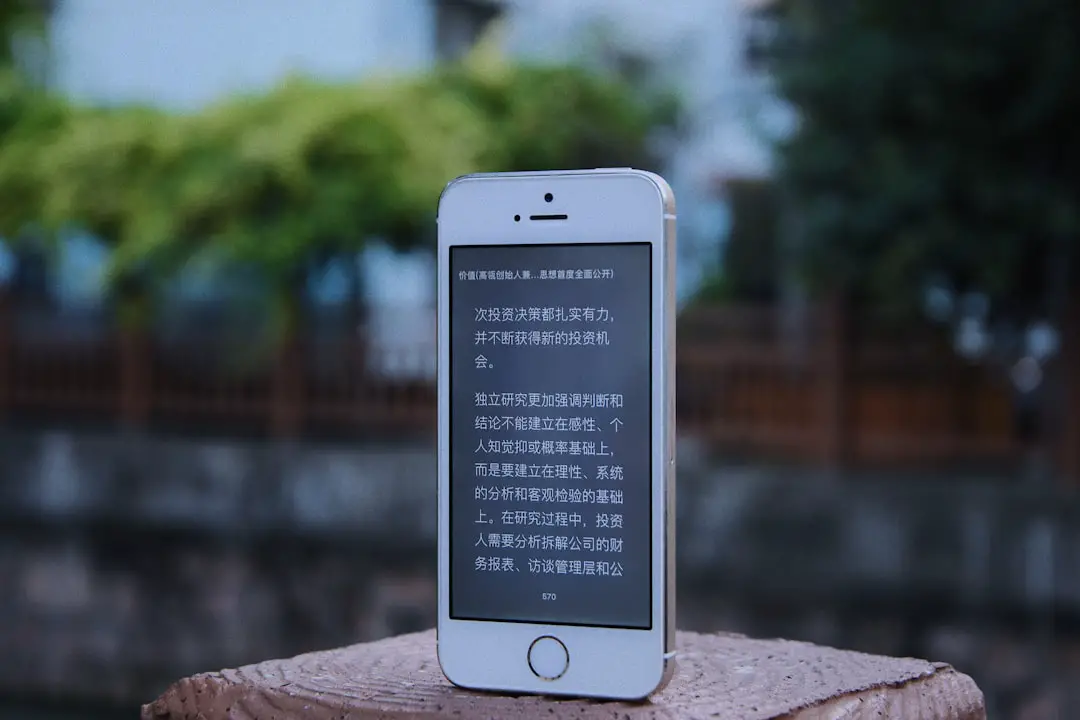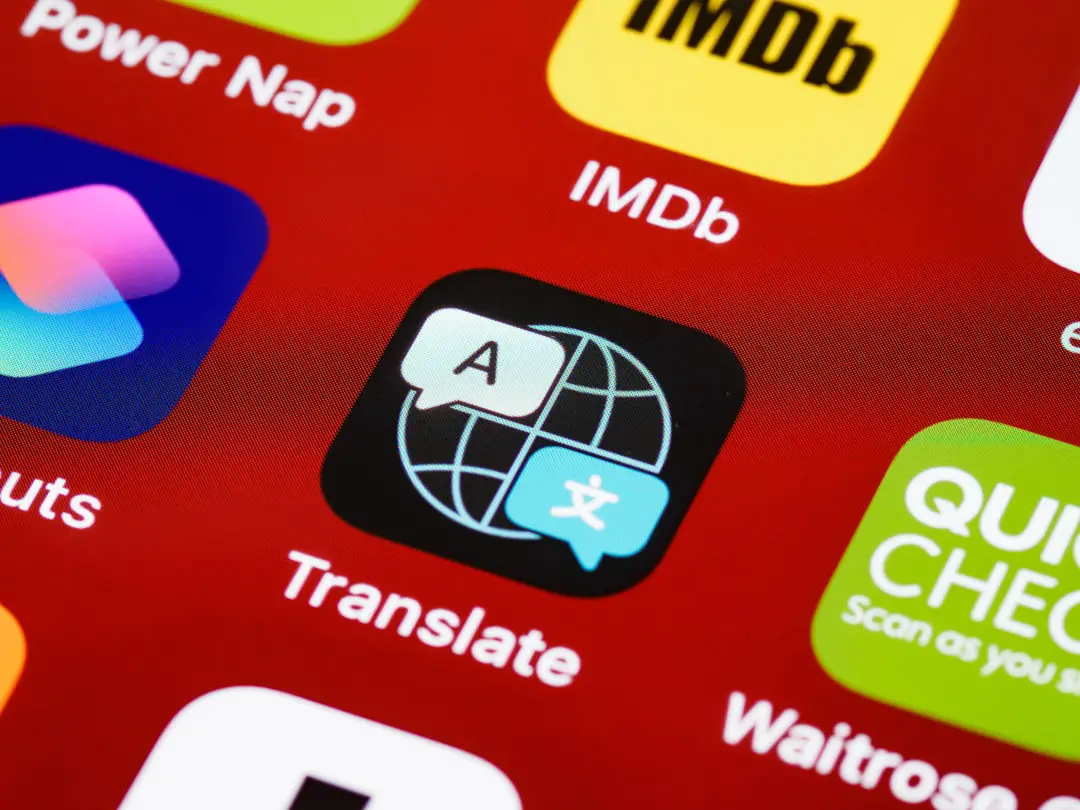In today’s digitally connected world, language is no longer the barrier it once was. Tools like Google Translate are increasingly relied on to bridge linguistic gaps instantly. Whether you’re traveling, studying, or conducting international business, Google Translate can seem like a miracle tool. But the important question remains: Is Google Translate 100% accurate? In this article, we’ll provide a full breakdown of its capabilities, limitations, and how much trust you should put in its translations.
TLDR
While Google Translate is a powerful and convenient tool, it is not 100% accurate. It performs well in certain languages, especially for basic or commonly used phrases, but struggles with complex sentences, idiomatic expressions, and context. It should be used with caution in professional or sensitive situations, and it is most reliable when paired with human review or additional context. It’s a great starting point, but not a guaranteed final solution.
How Google Translate Works
Before evaluating its accuracy, it’s crucial to understand how Google Translate functions. The platform uses machine learning through what’s known as a Neural Machine Translation (NMT) model. Unlike earlier systems that translated word-for-word, NMT translates entire sentences at a time, considering context and applying statistical patterns found in its massive data bank.
This method allows it to offer more fluent and grammatically coherent translations. However, it also means that its effectiveness heavily depends on:
- The language pair involved
- The complexity of the sentence
- The availability and quality of training data for that language pair
Strengths of Google Translate
Despite its imperfections, Google Translate has several notable strengths:
- Speed and Convenience: Its real-time translations are invaluable in time-sensitive scenarios.
- Basic Accuracy: For everyday communication, such as asking for directions or reading menus, the translations are often sufficient.
- Support for Multiple Languages: Google Translate currently supports over 130 languages, making it one of the most comprehensive tools available.
- Integration: The app can scan text from signs or documents and even offer voice recognition in its mobile version.
Where Google Translate Falls Short
The tool begins to falter under more complex circumstances. Here are the most common areas where users encounter accuracy issues:
- Idiomatic Expressions: Phrases like “kick the bucket” (meaning to die) are often translated literally, which can be confusing or even misleading in another language.
- Contextual Understanding: Google Translate doesn’t always grasp the nuanced meaning of words, especially ones with multiple definitions, like “lead” (to guide) versus “lead” (the metal).
- Specialized Terminology: Scientific, legal, or technical documents demand domain-specific vocabulary that Google Translate often mishandles.
- Sentence Structure: Complex or compound sentences may lose clarity or cohesiveness in translation.
These shortcomings can be frustrating and, in professional settings, potentially damaging.

Language Pairs: Not All Are Equal
One of the most important things to understand about Google Translate’s accuracy is that some language pairs are far more accurate than others. For instance, translations between English and Spanish or English and French tend to be more reliable than those involving less widely studied or less digitally represented languages like Khmer or Yoruba.
This discrepancy is largely due to the amount of parallel data available. Google trains its models on bilingual texts, and more data leads to better performance. According to various linguists and independent studies, highly resourced languages benefit more from Google Translate’s NMT model compared to low-resource languages.
Real-World Examples of Errors
To gauge accuracy in real contexts, consider these real-world examples where Google Translate fell short:
- In medical documents, “stroke” was translated as “to pet” instead of referring to the medical emergency.
- In Chinese translations, metaphorical or poetic language was often rendered as literal gibberish.
- In some Arabic translations, gendered language was poorly handled, leading to incorrect assumptions and tones.
While amusing at times, these errors can lead to miscommunication, embarrassment, or even serious consequences in medical, legal, or diplomatic contexts.
When You Should and Should Not Use Google Translate
It’s important to evaluate when Google Translate is appropriate to use:
Recommended Uses:
- Casual communication or chatting with friends online
- Simple travel phrases and signage translation
- Personal reference for understanding the general meaning of foreign text
- As a first draft before human editing
Not Recommended For:
- Professional documents like contracts, reports, or legal papers
- Medical information or diagnoses
- Marketing materials where tone and cultural nuance are critical
- Academic papers or citations

For situations demanding high accuracy, relying solely on Google Translate could result in significant risks. Instead, using a professional translator or a hybrid approach is better advised.
Continuous Improvement and AI Learning
To give Google credit where it’s due, the tool is in a constant state of evolution. Thanks to machine learning and user feedback, its accuracy improves over time. In fact, Google claims that its NMT system reduces translation errors by 60% compared to the previous phrase-based models.
Google has also started integrating community-sourced corrections and combining context from whole documents rather than isolated sentences. However, these improvements still fall short of perfectly replicating the sophistication of human language processing.
Professional vs. Machine Translation
Nothing yet replaces the cultural and contextual awareness a human translator brings. Human translation involves:
- Understanding cultural idioms and colloquialisms
- Deciphering tone and style appropriate to context
- Ensuring emotional nuance and narrative integrity are maintained
- Correct interpretation of jargon or technical language
Professional human translators can cost more, but if accuracy matters—especially for legal, academic, or business applications—they are undeniably worth the investment.
Tips for Improving Google Translate Results
If you must use Google Translate, here are some tips to enhance accuracy:
- Use simple, clear sentences. Break up long or complex sentences into smaller parts.
- Avoid idioms and slang. Stick to formal, universal vocabulary where possible.
- Double-check with a native speaker or a second tool. Comparing across platforms can help highlight discrepancies.
- Use reverse translation. Translate back into your source language to see if the meaning holds.
Conclusion
So, is Google Translate 100% accurate? The simple answer is no. While it is an incredibly helpful tool and often gets the gist across, it remains a long way from perfect. Its performance varies widely depending on language pairs, context, and complexity of the text. For casual use, it’s a game changer. For professional or nuanced translations, proceed with caution and consider human expertise.
Language is not just words—it’s culture, emotion, sarcasm, context, and intention. Until machines can fully grasp all these dimensions, Google Translate will remain a useful, but imperfect assistant.
